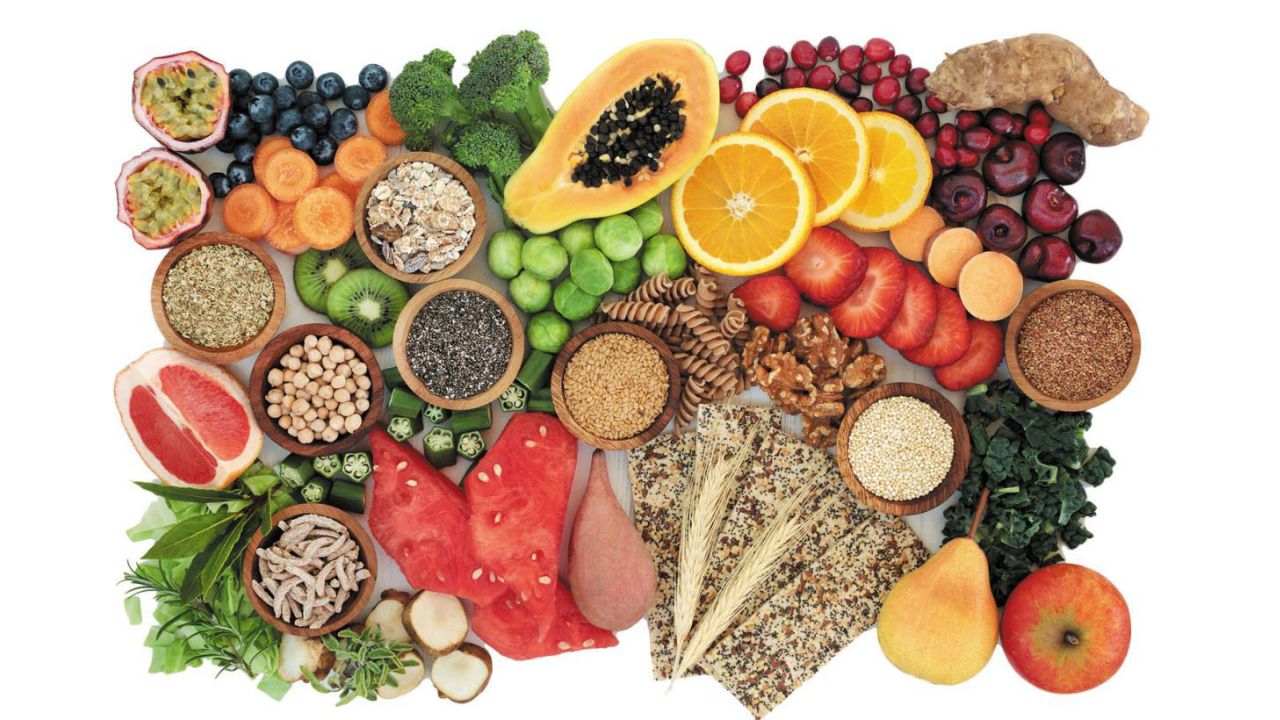10 Fiber Rich Foods for Health
Dietary fiber is a crucial part of a balanced diet. It supports digestive health, helps manage weight, regulates blood sugar levels, and lowers cholesterol. The average adult should consume around 25 to 38 grams of fiber per day, yet many fall short. Fortunately, fiber is abundant in a variety of plant-based foods.
Here are 10 fiber rich foods you can easily add to your diet to improve your health and well-being.
-
Lentils
- Fiber content: About 15.6 grams per cup (cooked)
Lentils are one of the most fiber-dense legumes. They’re also a great source of plant-based protein, iron, folate, and B vitamins. Lentils come in various types—brown, green, red, and black—each offering a slightly different taste and texture.
Health benefits:
- Promote gut health by feeding beneficial gut bacteria.
- Help regulate blood sugar levels.
- Contribute to heart health by lowering LDL cholesterol.
How to eat them: Add lentils to soups, stews, salads, or use them as a meat substitute in tacos and burgers.
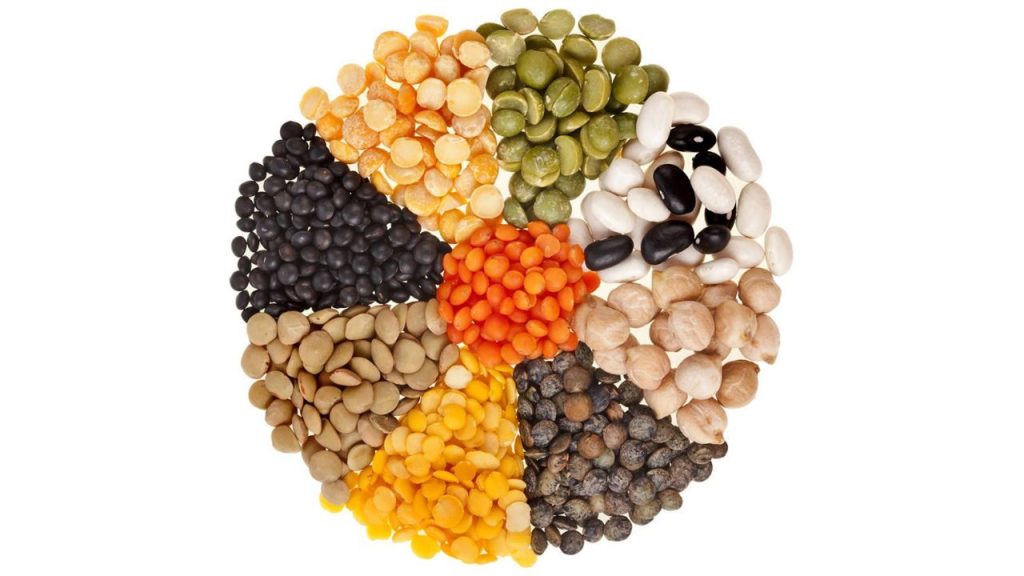
-
Black Beans
- Fiber content: About 15 grams per cup (cooked)
Black beans are another fiber powerhouse, loaded with protein, antioxidants, and essential vitamins and minerals like magnesium and iron.
Health benefits:
- Aid in digestive regularity.
- Specially help to manage blood sugar due to their low glycemic index.
- Support muscle and tissue repair with high protein content.
Tips: Use black beans in burritos, chilis, or mash them for dips and spreads.
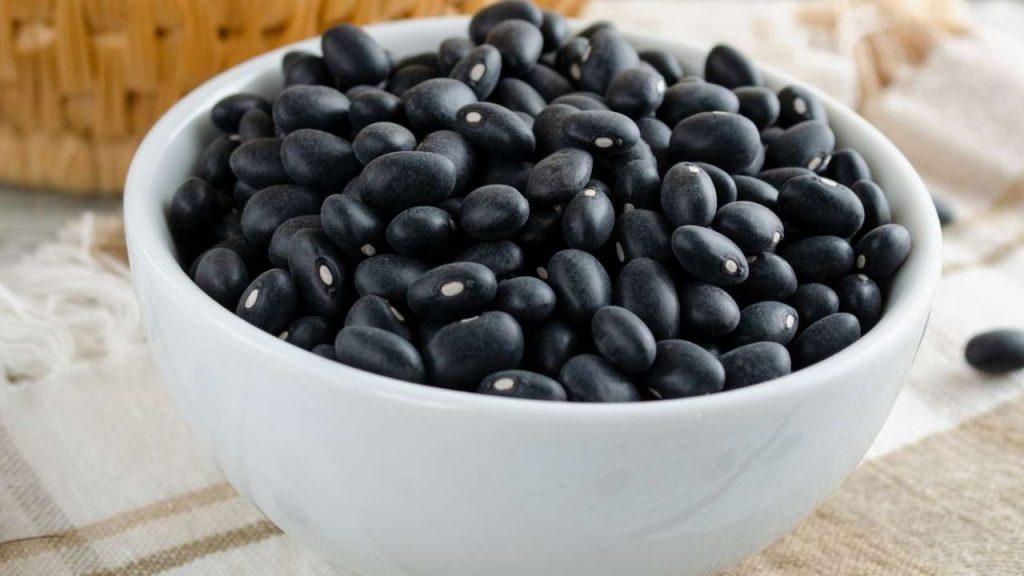
-
Chia Seeds
- Fiber content: About 10 grams per ounce (about 2 tablespoons)
Chia seeds may be tiny, but they’re packed with soluble fiber, omega-3 fatty acids, and antioxidants. When soaked in liquid, they form a gel-like texture, making them excellent for digestive health. Click here
Health benefits:
- Promote satiety and reduce appetite.
- Support heart health.
- Aid in bowel regularity.
Consuming process: Add chia seeds to smoothies, yogurt, oatmeal, or make chia pudding for a fiber-rich dessert.
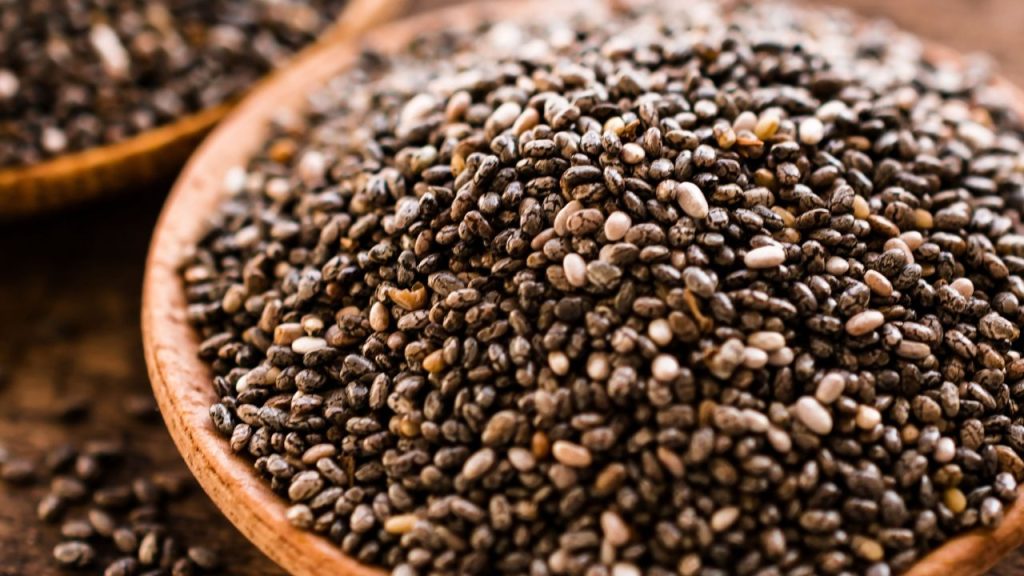
-
Oats
- Fiber content: About 8 grams per cup (cooked)
Oats are rich in beta-glucan, a type of soluble fiber known for its heart-health benefits. They also provide complex carbohydrates and protein, making them a great breakfast option.
Health benefits:
- Lower LDL cholesterol.
- Improve blood sugar control.
- Promote fullness and help with weight management.
Tips: Enjoy a bowl of oatmeal topped with fruit and nuts or use oats in homemade granola or baking.
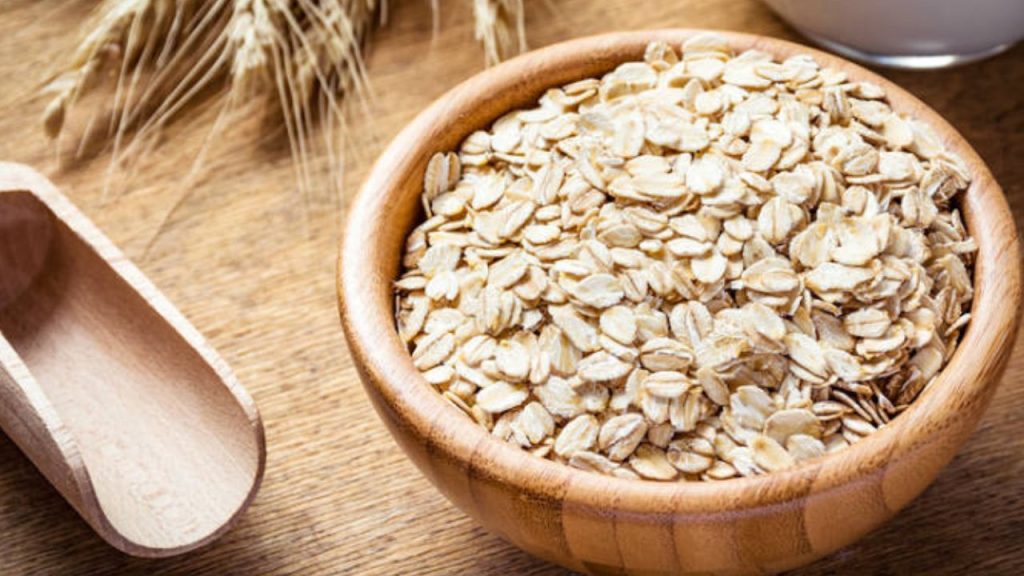
-
Avocados
- Fiber content: About 10 grams per medium avocado.
Avocados are unique among fruits for their high content of healthy fats and fiber. They also contain potassium, magnesium, and vitamins C, E, and K.
Health benefits:
- Support heart health.
- Improve digestion.
- Help with nutrient absorption due to their fat content.
How to eat them: Spread avocado on toast, add slices to salads and sandwiches, or blend into smoothies.
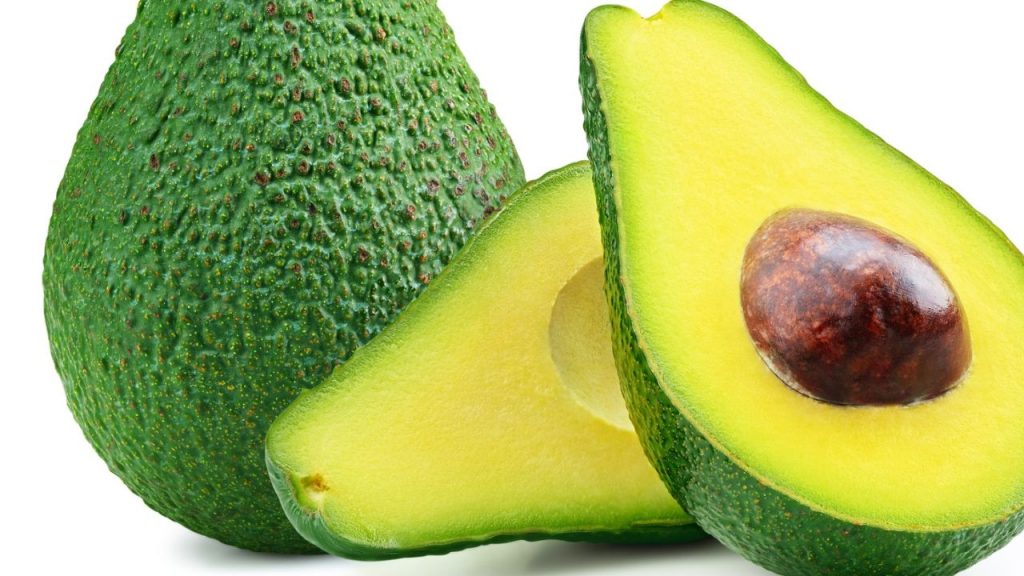
-
Sweet Potatoes
- Fiber content: About 4 grams per medium sweet potato (with skin)
Sweet potatoes are a delicious and nutritious root vegetable rich in fiber, vitamins A and C, and antioxidants. Their fiber content is particularly high when the skin is left on.
Health benefits:
- Promote gut health with both soluble and insoluble fiber.
- Support immune function.
- Help stabilize blood sugar levels.
Consuming Tips: Bake or roast sweet potatoes, mash them, or use them as a base for grain bowls.
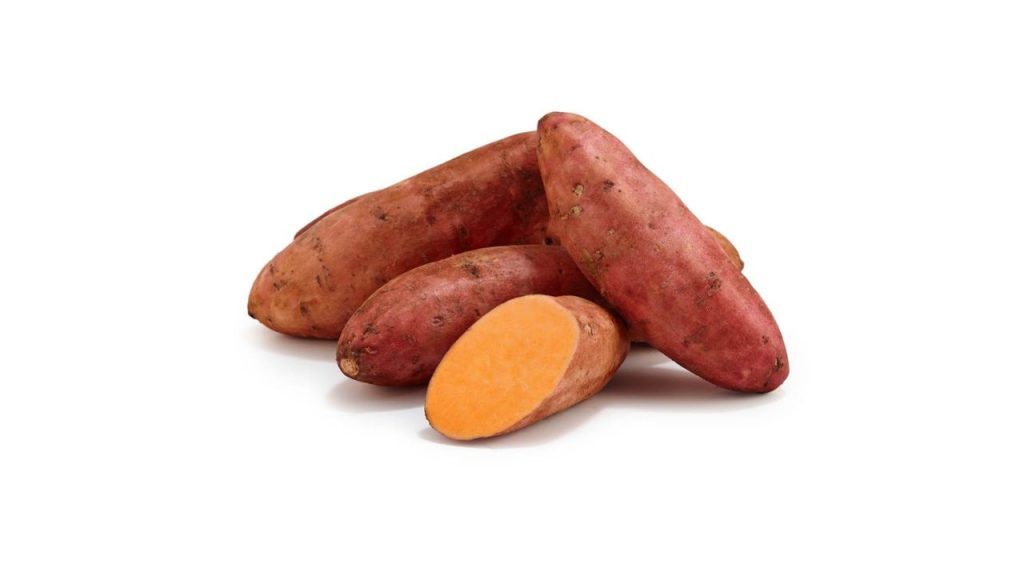
-
Broccoli
- Fiber content: About 5 grams per cup (cooked)
This cruciferous vegetable is packed with nutrients, including vitamins C, K, and folate. Additionally, it’s also high in fiber and low in calories, making it ideal for weight management.
Health benefits:
- Supports colon health.
- Helps detoxify the body.
- Contains cancer-fighting compounds like sulforaphane.
How to eat it: Steam or roast broccoli, add it to stir-fries, or blend it into soups and casseroles.
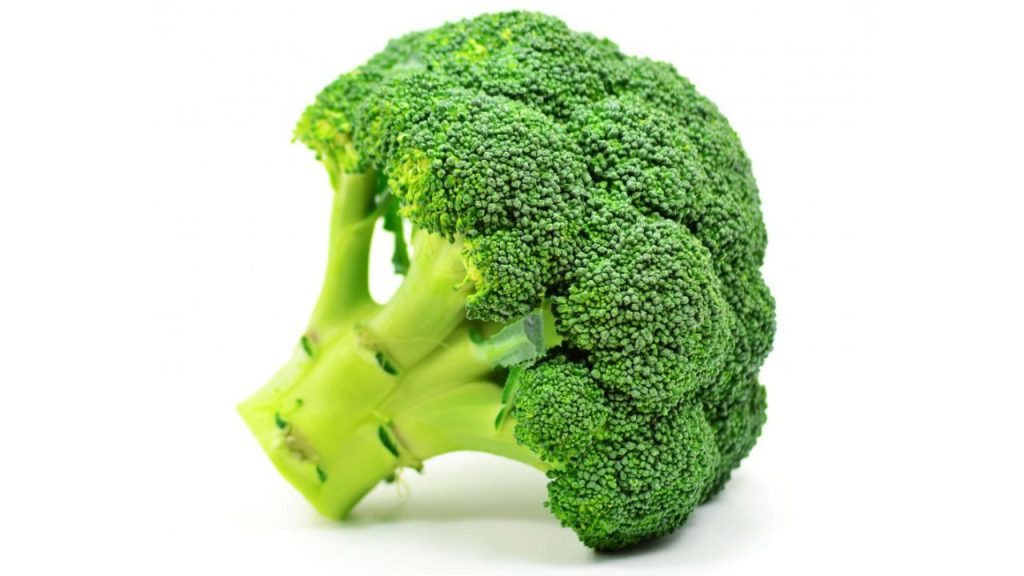
-
Apples
- Fiber content: About 4.4 grams per medium apple (with skin)
Apples are a great source of both soluble and insoluble fiber, especially pectin, a type of soluble fiber that supports gut health.
Health benefits:
- Promote digestive health.
- Help control appetite.
- Support heart health.
How to consume: Eat apples raw, slice them into salads, or bake them with a sprinkle of cinnamon.
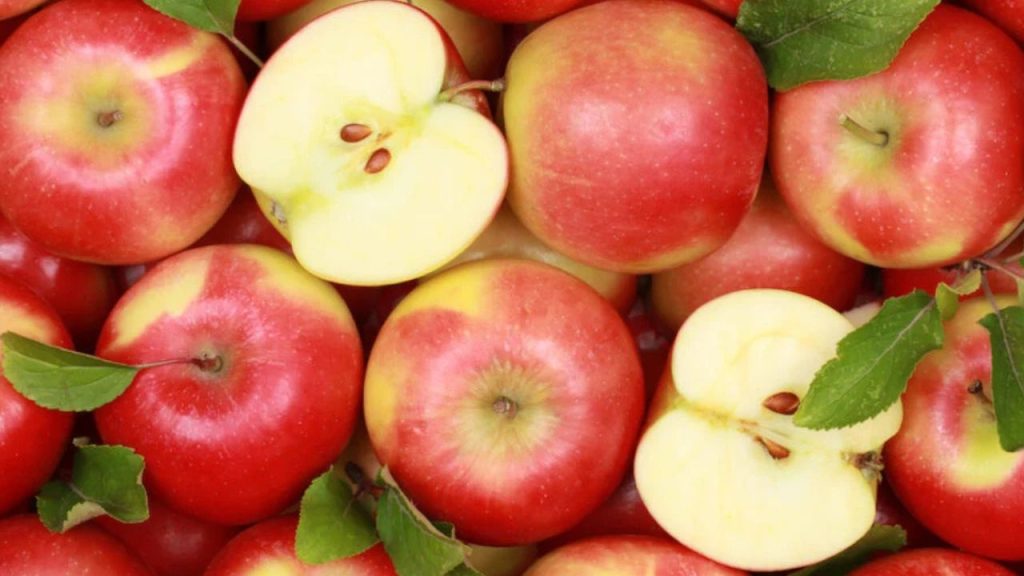
-
Almonds
- Fiber content: About 3.5 grams per ounce (about 23 almonds)
Almonds are not only fiber-rich but also high in protein, vitamin E, and healthy fats. They’re an ideal snack for boosting energy and managing hunger.
Health benefits:
- Support heart and brain health.
- Promote satiety.
- Help regulate blood sugar levels.
Tips: Snack on raw almonds, sprinkle them on oatmeal or yogurt, or use almond flour in baking.
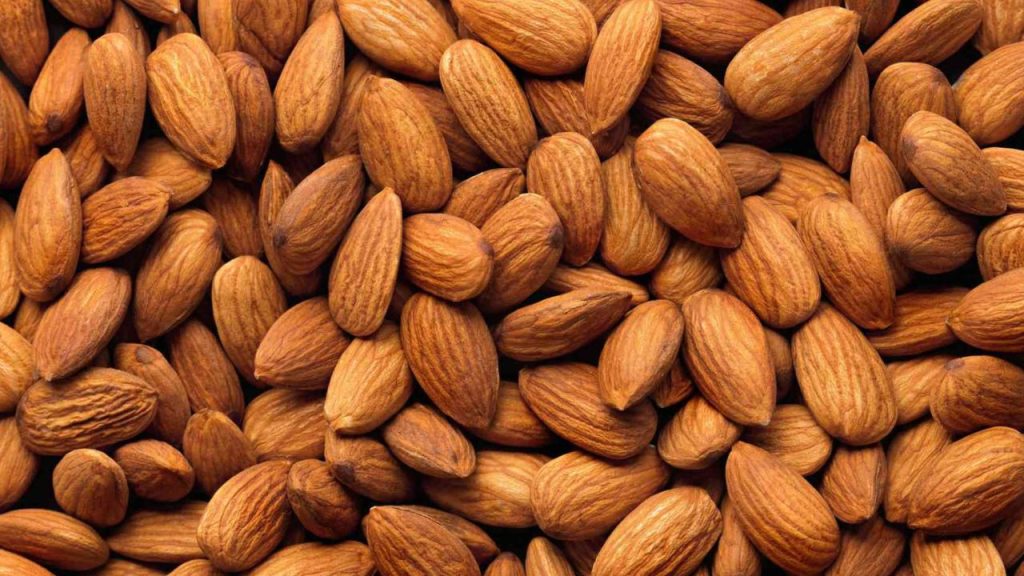
-
Barley
- Fiber content: About 6 grams per cup (cooked)
Barley is an ancient grain high in beta-glucan fiber, the same type found in oats. It has a chewy texture and a slightly nutty flavor, making it a hearty addition to meals.
Health benefits:
- Improves digestion and bowel regularity.
- Lowers cholesterol.
- Helps control blood sugar.
How to use it: Add barley to soups, stews, grain salads, or use it as a rice substitute.
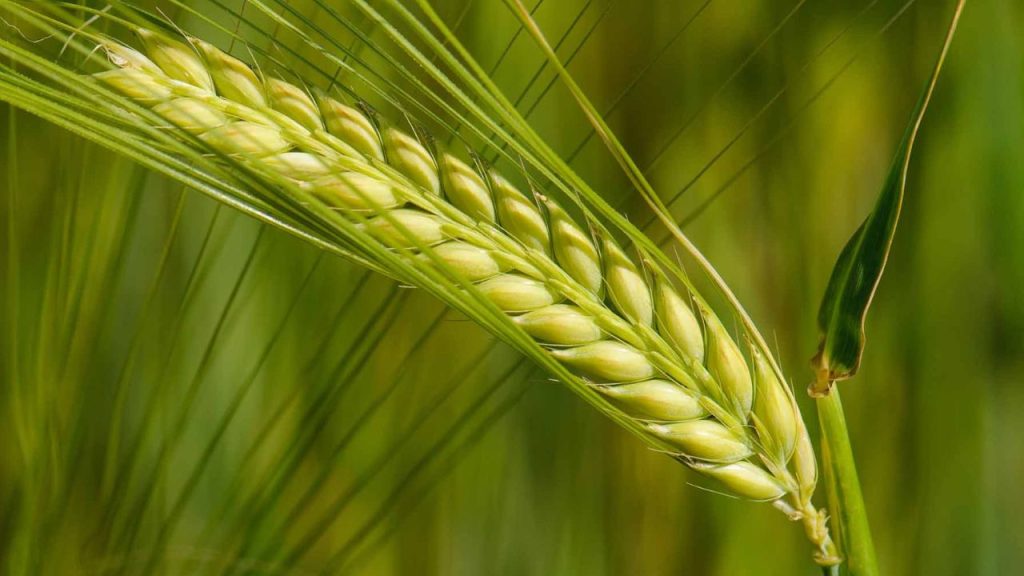
The Importance of Fiber in Your Diet
Fiber comes in two main types:
- Soluble fiber, which dissolves in water and helps lower glucose and cholesterol levels.
- Insoluble fiber, which doesn’t dissolve in water and adds bulk to stool, helping food move through the digestive system.
Most plant foods contain a mix of both. A fiber-rich diet has numerous benefits:
- Digestive Health: Prevents constipation and supports a healthy gut microbiome.
- Weight Management: Keeps you full longer, reducing the urge to snack.
- Heart Health: Helps lower LDL cholesterol and blood pressure.
- Blood Sugar Control: Slows absorption of sugar and improves insulin sensitivity.
- Reduced Risk of Disease: Lowers the risk of type 2 diabetes, heart disease, and certain cancers.
Tips for Increasing Fiber Intake
- Start Slow: Add fiber gradually to your diet to avoid bloating or gas.
- Stay Hydrated: Drink plenty of water to help fiber move through your system.
- Eat Whole Foods: Focus on whole fruits, vegetables, legumes, nuts, seeds, and whole grains.
- Read Labels: Choose packaged foods with at least 3–5 grams of fiber per serving.
- Diversify Sources: Incorporate a range of fiber-rich foods to get both soluble and insoluble fiber.
Conclusion
Fiber is a vital nutrient that many people don’t get enough of. Fortunately, it’s easy to find in a wide range of delicious and versatile foods. From legumes and whole grains to fruits, vegetables, and nuts, there’s no shortage of ways to add fiber to your diet. Click here
By incorporating the 10 fiber-rich foods listed above, you’ll be supporting not just your digestive health, but your heart, immune system, and overall well-being.
Start small, mix it up, and stay consistent—your body will thank you.

